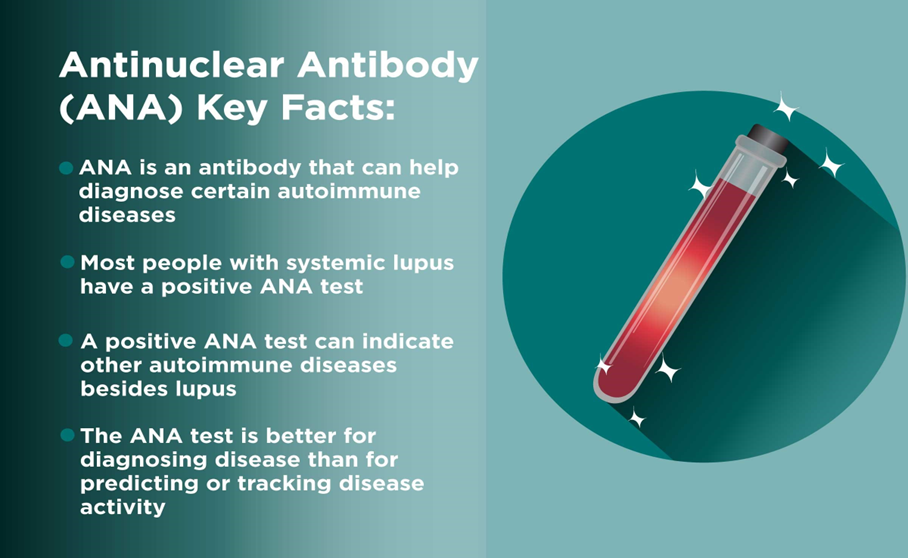A nurse is completing a focused assessment addressing a client's immune function. What should the nurse prioritize in the physical assessment?
Palpation of the patient's lymph nodes
Auscultation of the patient's apical heart rate
Palpation of the patient's liver
Percussion of the patient's abdomen
The Correct Answer is A
Choice A rationale:
Lymph nodes are small, bean-shaped structures that play a crucial role in the immune system. They filter lymph fluid, which carries white blood cells and other immune cells throughout the body.
When the body is fighting an infection or other immune challenge, lymph nodes often swell and become tender. This is because they are actively working to filter out pathogens and activate immune cells.
Palpation of the lymph nodes can provide valuable information about the patient's immune function. The nurse can assess for enlargement, tenderness, and mobility of the lymph nodes.
Lymph node assessment is a non-invasive, painless procedure that can be performed quickly and easily.
Choice B rationale:
Auscultation of the apical heart rate is important for assessing cardiovascular function, but it does not directly assess immune function.
While heart rate can be indirectly affected by certain immune conditions (e.g., fever), it is not a primary indicator of immune system activity.
Choice C rationale:
Palpation of the liver can provide information about liver size and consistency, but it does not directly assess immune function.
The liver plays a role in immune function by producing proteins that help fight infection, but its size and consistency do not necessarily reflect its immune activity.
Choice D rationale:
Percussion of the abdomen can be used to assess the size and location of abdominal organs, but it does not directly assess immune function.
While certain immune conditions may involve abdominal organs (e.g., splenomegaly), percussion is not a primary method for assessing immune function.
Nursing Test Bank
Naxlex Comprehensive Predictor Exams
Related Questions
Correct Answer is ["A","D","E"]
Explanation
Choice A rationale:
Antinuclear antibody (ANA) titer is a blood test that detects the presence of antinuclear antibodies, which are autoantibodies that target the body's own tissues. These antibodies are often present in people with autoimmune diseases, including rheumatoid arthritis.
While a positive ANA test does not definitively diagnose rheumatoid arthritis, it can support a diagnosis when considered alongside other clinical findings and laboratory tests.

Choice B rationale:
Blood urea nitrogen (BUN) is a blood test that measures the amount of urea nitrogen in the blood. Urea nitrogen is a waste product that is produced when the body breaks down proteins.
BUN levels can be elevated in people with kidney disease, dehydration, or certain other medical conditions. However, BUN is not specifically used to diagnose rheumatoid arthritis.
Choice C rationale:
Urinalysis is a test that examines the urine for various substances, including cells, bacteria, and chemicals.
It can be used to diagnose a variety of conditions, including urinary tract infections, kidney disease, and diabetes. However, urinalysis is not typically used to diagnose rheumatoid arthritis.
Choice D rationale:
Erythrocyte sedimentation rate (ESR) is a blood test that measures how quickly red blood cells settle at the bottom of a test tube.
A high ESR can indicate inflammation in the body.
ESR is often elevated in people with rheumatoid arthritis, as it is a marker of inflammation.
Choice E rationale:
White blood cell count (WBC) is a blood test that measures the number of white blood cells in the blood. White blood cells are part of the immune system and help fight infection.
A high WBC count can indicate an infection or inflammation.
WBC count can be elevated in people with rheumatoid arthritis, as it is a marker of inflammation.
Correct Answer is C
Explanation
Choice A rationale:
Holding the client's arms and legs from moving during a seizure can actually cause injury to the client or the nurse. The forceful muscle contractions that occur during a seizure can cause bones to break or joints to dislocate. Additionally, trying to restrain the client can increase their agitation and make the seizure worse.
Choice B rationale:
Placing the client back in bed during a seizure is not safe. The client could fall out of bed and injure themselves. It is also important to allow the client to have space to move freely during the seizure to prevent injury.
Choice C rationale:
Placing the client on their side is the safest position for a client who is having a seizure. This position helps to protect the airway and prevent aspiration. It also allows any fluids or secretions to drain out of the mouth, which can help prevent choking.
Choice D rationale:
Inserting a tongue blade into the client's mouth during a seizure is not recommended. It is a common misconception that people can swallow their tongue during a seizure. This is not possible. Inserting a tongue blade can actually cause more harm than good. It can break teeth, damage the mouth, or even block the airway.
Whether you are a student looking to ace your exams or a practicing nurse seeking to enhance your expertise , our nursing education contents will empower you with the confidence and competence to make a difference in the lives of patients and become a respected leader in the healthcare field.
Visit Naxlex, invest in your future and unlock endless possibilities with our unparalleled nursing education contents today
Report Wrong Answer on the Current Question
Do you disagree with the answer? If yes, what is your expected answer? Explain.
Kindly be descriptive with the issue you are facing.
